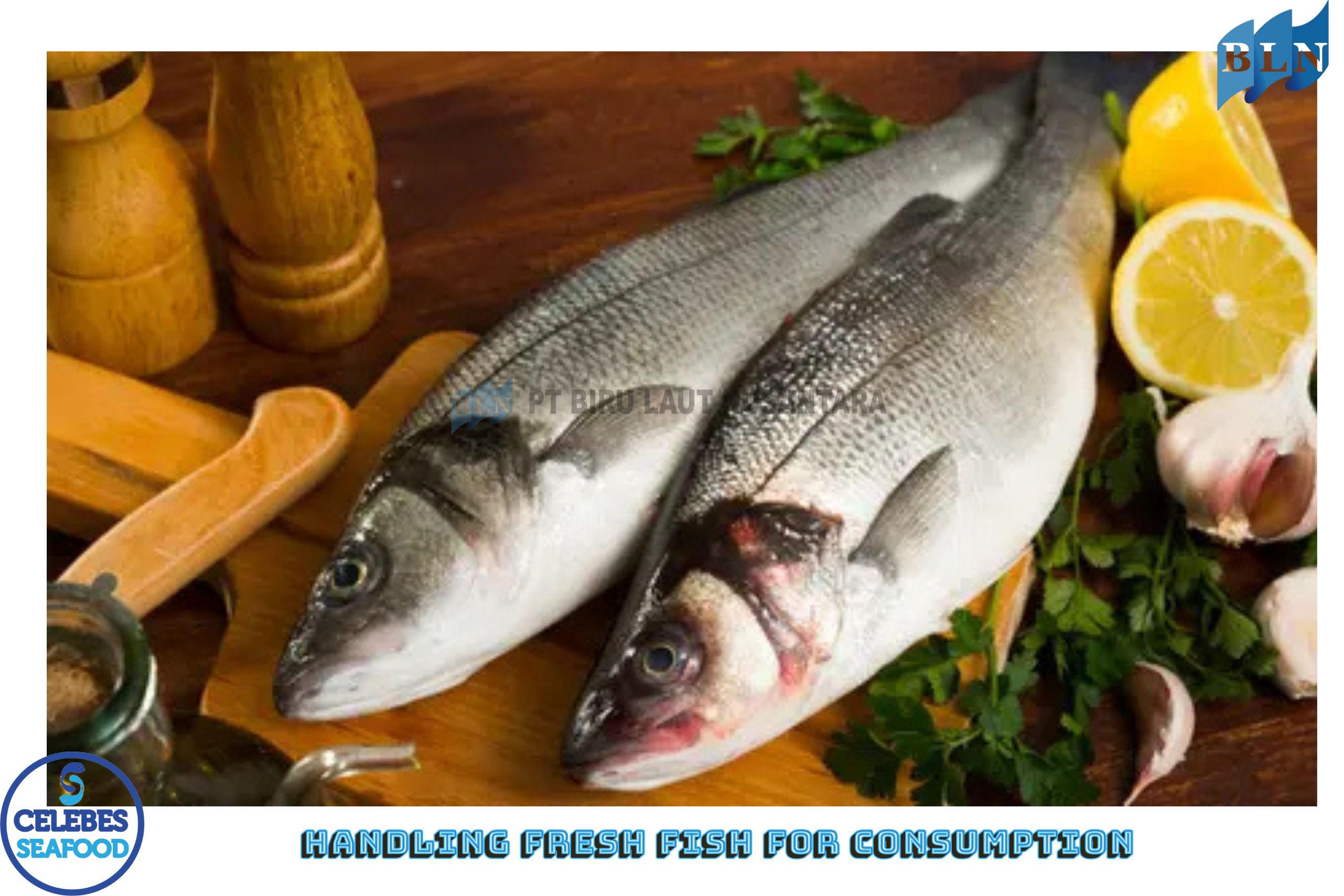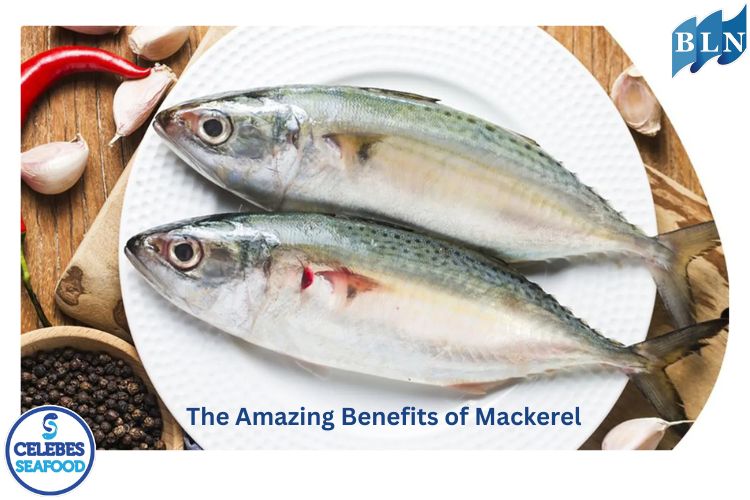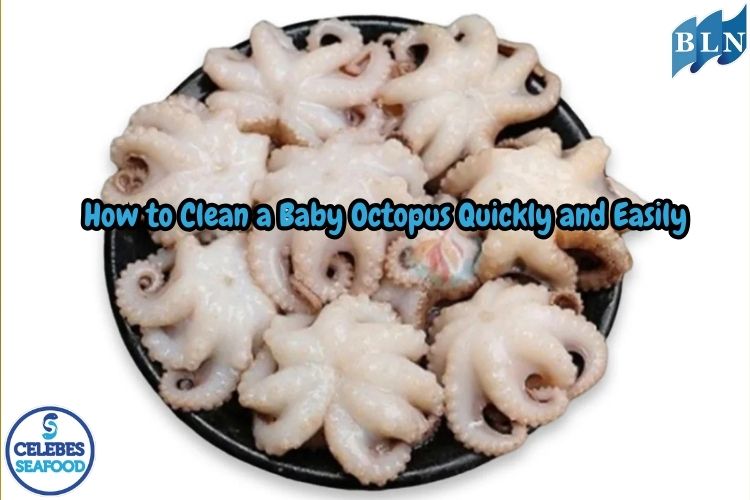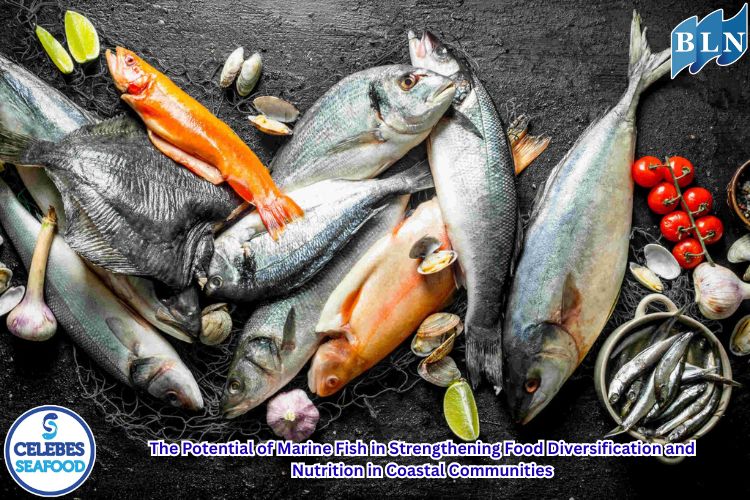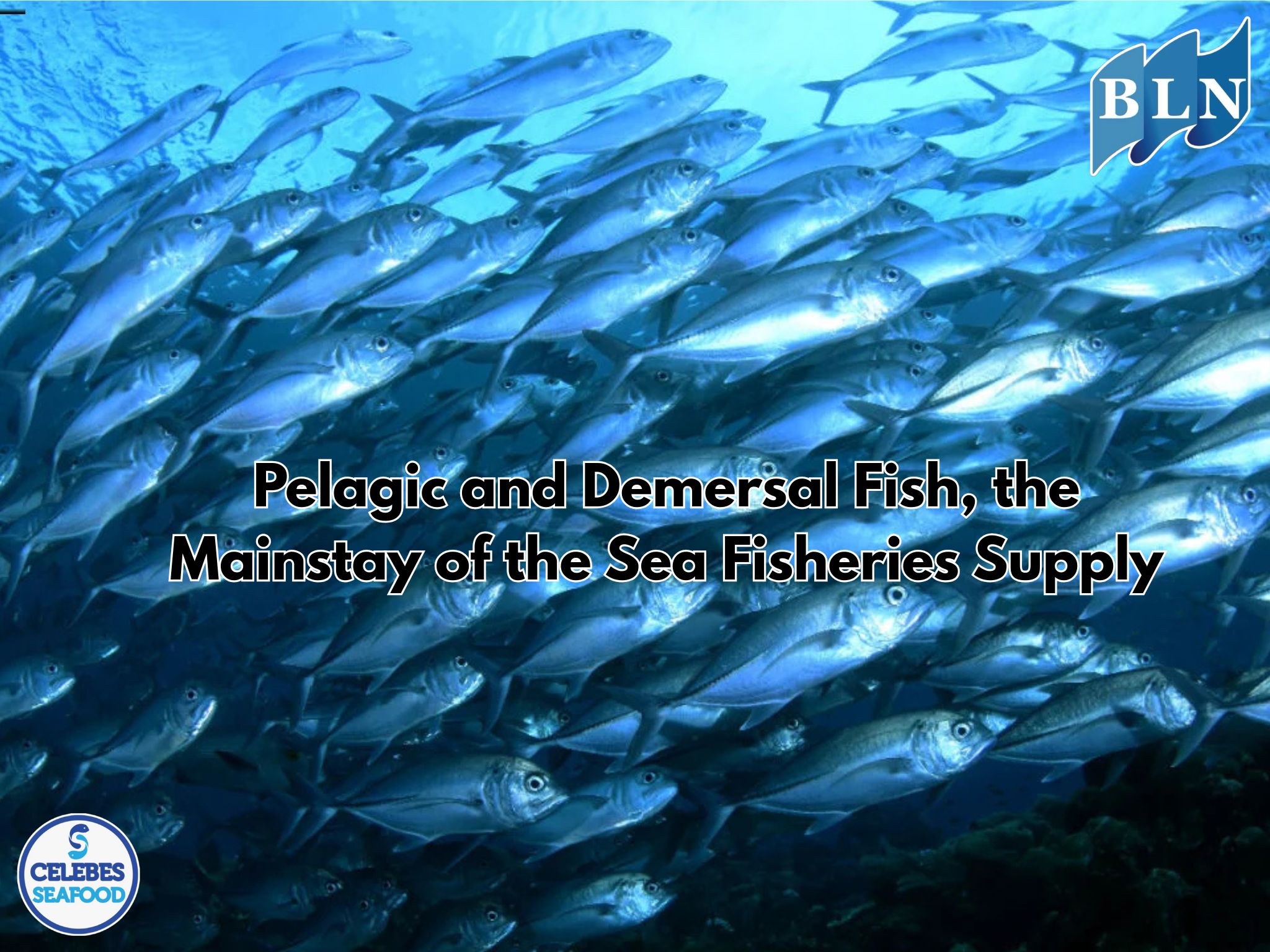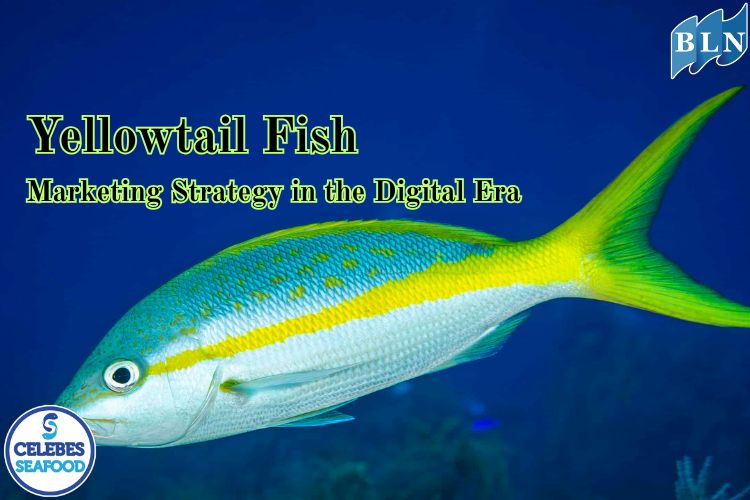Red Snapper: A Mirror of Coral Reef Health
By. Edi - 12 Aug 2025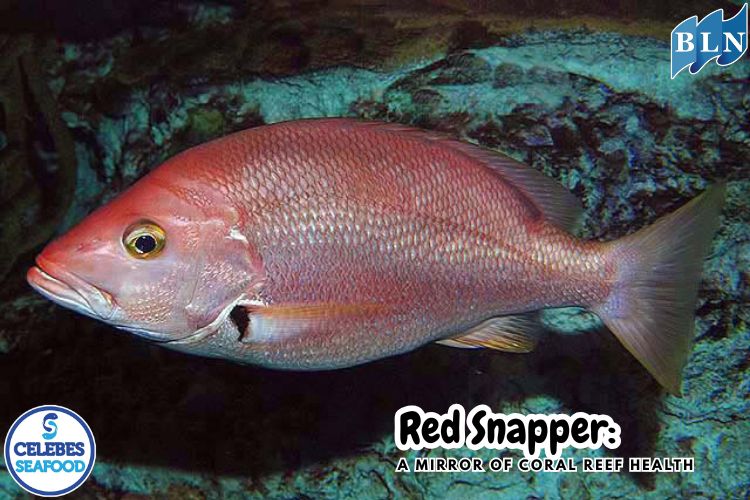
lautnusantara.com Red snapper (Lutjanus campechanus) is one of the most recognizable fish species, not only for its high economic value but also for its vital role in marine ecosystems. More than just a game fish, the presence and condition of red snapper populations can be an indicator of the health of coral reef ecosystems. Declining populations or changes in their behavior are often early warning signs that something is amiss beneath the surface.
A. Why Are Red Snapper Important to Coral Reefs?
Coral reefs are underwater "cities" that are home to millions of species. As apex predators in the coral reef food chain, red snapper play a key role in maintaining the balance of these ecosystems.
- Population Regulator: Red snapper prey on small fish and invertebrates, such as shrimp and crabs, which can disrupt population balance. Without predators like red snapper, prey populations could explode, causing damage to other species or even the coral reef itself.
- Nutrient Dispersers: As they hunt and move through coral reefs, red snapper help distribute nutrients. Their feces contain essential nutrients that nourish algae and plankton, which are the primary food source for many other marine life.
B. Warning Signs of Red Snapper
Scientists and conservationists frequently monitor red snapper populations to assess the overall health of coral reefs. Here are some signs they can look for:
- Population Decline: A drastic decline in red snapper numbers in an area usually indicates a problem, such as overfishing. Overfishing not only reduces red snapper numbers but also disrupts the balance of the food chain.
- Changes in Body Size: Red snapper that are getting smaller over time could be a sign that they are not growing to adult size due to overfishing. This impacts their ability to reproduce, ultimately compromising population sustainability.
- Migration: If red snapper begin to leave their natural habitat on a coral reef, this could be a sign that the reef is experiencing coral bleaching or pollution. Red snapper will seek new, healthier places to survive and find food.
C. The Human Role in Protecting Red Snapper
Coral reef health and red snapper populations are interconnected. By protecting red snapper, we are indirectly protecting the coral reef ecosystem. Some efforts that can be made are:
- Establishment of Marine Conservation Zones: Areas protected from fishing allow red snapper to grow and reproduce undisturbed.
- Fishing Control: Implementing catch quotas and minimum size regulations helps ensure that red snapper populations remain stable.
- Public Education: Raising awareness about the importance of red snapper and coral reef ecosystems can encourage more sustainable and responsible fishing practices.
By understanding the role of red snapper as an indicator, we can be more proactive in preserving the beauty and richness of our oceans.
If you are interested in our Coral Trout Fillet Skin On, CORAL TROUT WGG WHOLE GILLED GUTTED, TOMATO COD WHOLE GILLED GUTTED please do not hesitate to contact us through email and/or whatsapp.
